“The Drunkard’s Cloak”: how they fought alcoholism in England in the 17th century
At all times, drunkenness was condemned by society, and all kinds of methods of influence were used against lovers of strong drinks. In the Middle Ages, when everything revolved around church canons, drinkers were especially oppressed. England, with its Protestant faith and Puritan attitude to life, was at the forefront of the fight against alcoholism. Therefore, it is not surprising that in the 17th century the British came up with the “drunkard’s cloak” - an original and unpleasant device for bringing sense to those who did not know the limits of drinking.
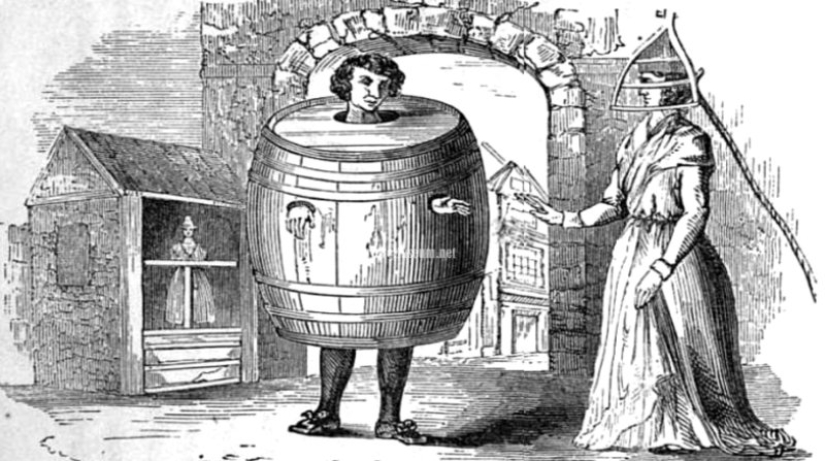
The Drunkard's Cloak is a public punishment for drinkers that does not involve corporal punishment. His main goal was to shame a person so that he would think about his behavior and quit drinking alcohol. For this educational event, a wooden beer barrel with slits for the head and hands was used. However, there were not always holes for the arms and often only the legs and head protruded from the barrel.
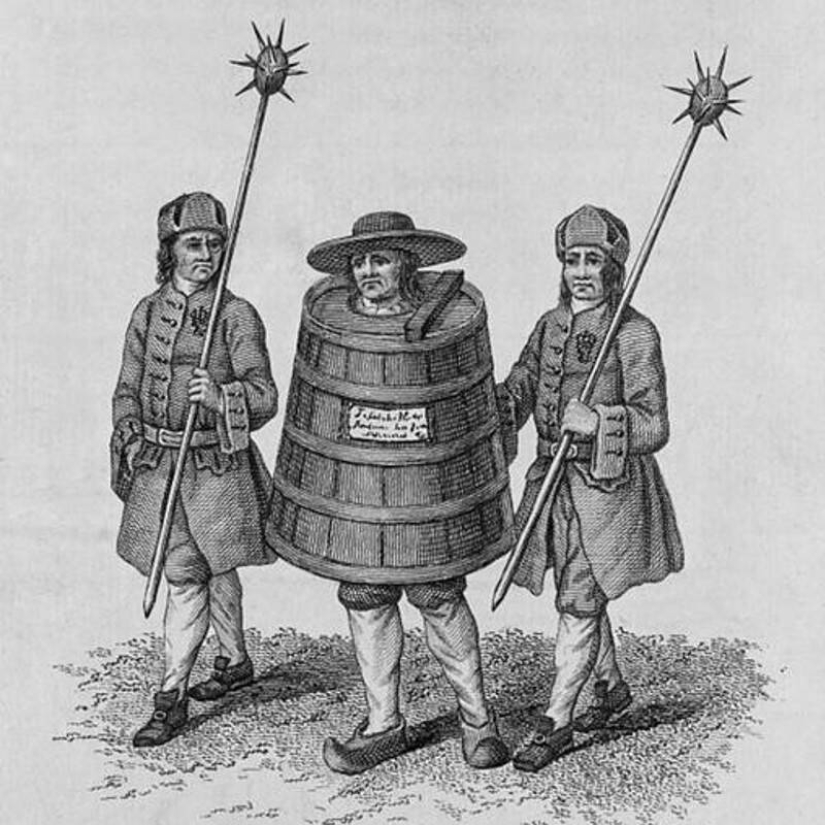
The barrel was put on the punished person and he was taken around the city, accompanied by guards, to the delight of idle onlookers. It was a shameful punishment, imposing a stigma not only on the drunkard himself, but also on his family. The walk of a man in a beer barrel through the streets of the city turned into a real show. The townspeople, hungry for spectacle, flocked to the punished man, booing and insulting him.
The guards made sure that the drunkard did not mess around and completely completed the route assigned to him. They could also calm down the most zealous spectators who tried to throw something at the defenseless man in the barrel, or hit him. After all, it was a moral punishment, not a physical one.
Historians claim that the “drunkard’s cloak” was a fairly effective way of “coding” against alcoholism. Having been in a barrel, the drunkard tried to control himself. He was actively helped in this by his relatives, who were pointed at in the streets and markets for a long time after the punishment.
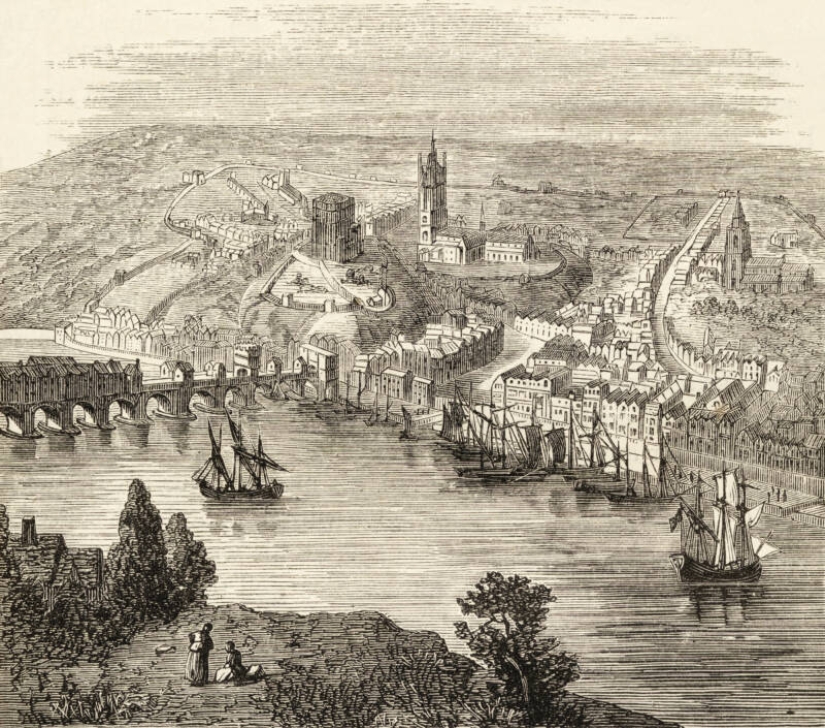


It is believed that the “drunkard's cloak” was first used in the city of Newcastle upon Tyne in the northeast of England. Therefore, it is sometimes also called the “Newcastle cloak”. But this is only an assumption, since executions of this type were carried out in many English and Scottish cities, as well as in some other European countries. Alex Lyon, an employee of the Prison Museum in London, explained the origin of the name of the punishment as follows:
But why Newcastle? Did other cities in England really turn a blind eye to drunkenness? To understand this issue, you need to dive a little into the history of the city. Judging by ancient documents, Newcastle was the first English city to brew beer and ale on an industrial scale.
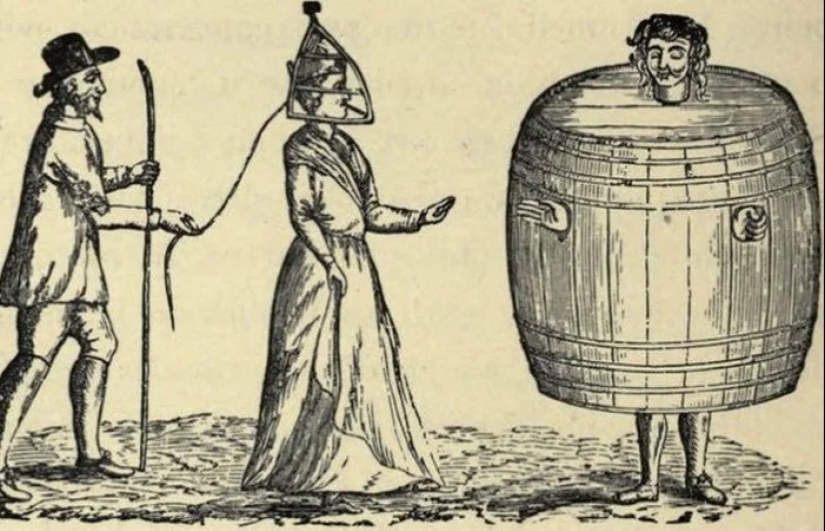
The proximity of breweries to consumers could not but affect the situation in the city. Back in the 18th century, there was such an expression as “Newcastle hospitality”. It meant an extreme degree of affection towards the guest, when it was impossible for him to leave on his own feet. It was commonplace for hosts and their guests to drink themselves to death during various events.
The specifics of this city also contributed to drunkenness. Newcastle upon Tyne was home to coal mines, a seaport and shipyards, where work, as you know, is not the easiest. Today the city would be called depressive, but in the harsh era of the late Middle Ages this was hardly appropriate.
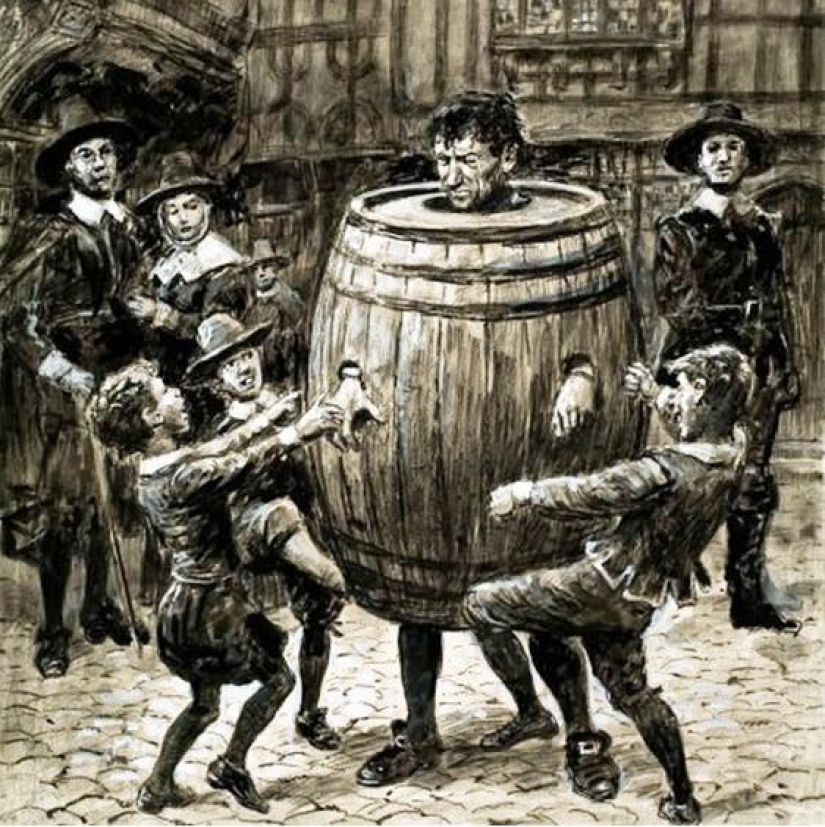
People in Newcastle have turned to alcohol for centuries. It was one of the few available ways to relax and escape from the ugly reality. Coal miners, shipyard workers and sailors represented the absolute majority in the city. The sailors who were absent from their homeland for many months were especially zealous with drinking and returned with money. So in the 15th and 16th centuries, Newcastle became the official “drunken capital” of England.
The authorities fought against this, but did not have much success. The first serious step towards sobriety was the Beer Law of 1551. This legal act officially made drunkenness a crime. Parliament also allowed city authorities to punish drinkers if they were caught indecently more than once.
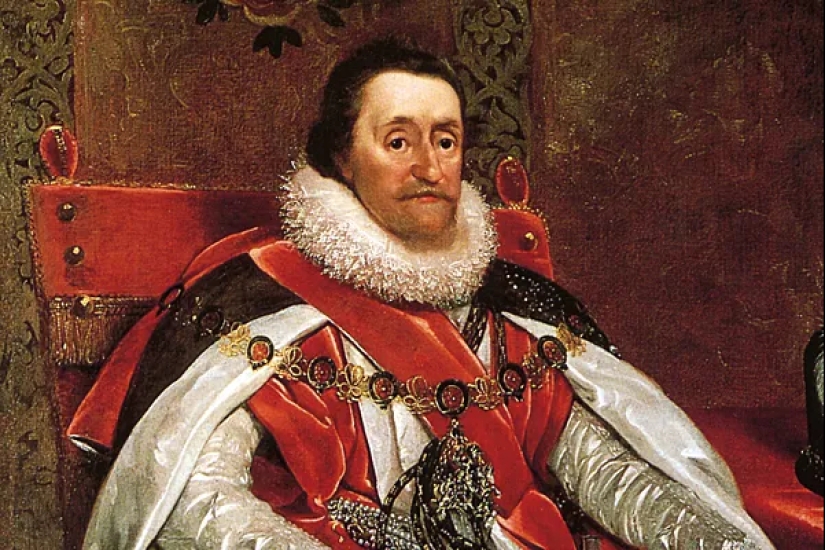
At first, drunkards were fined 5 shillings, which was quite a bit in those days. Then they began to use arrests, and when it turned out that too many drunkards were languishing in the dungeons, they came up with the humiliating “drunkard’s cloak.” The authors of The Big Book of Pain: Torture and Punishment through History, Mark P. Donnelly and Daniel Diehl, believe that this punishment was invented in the early 17th century by King James I. But it became widespread during the English Revolution, which lasted from 1639 to 1660.
During the transition from monarchy to republic, Oliver Cromwell, Lord Protector of England, Scotland and Ireland, became a key figure in politics. He was a man of strict morals, a champion of true Puritan morality. Cromwell hated dancing and gambling, did not like music, but had a particularly negative attitude towards alcohol. He encouraged the use of the "drunkard's cloak" even during the first arrest.
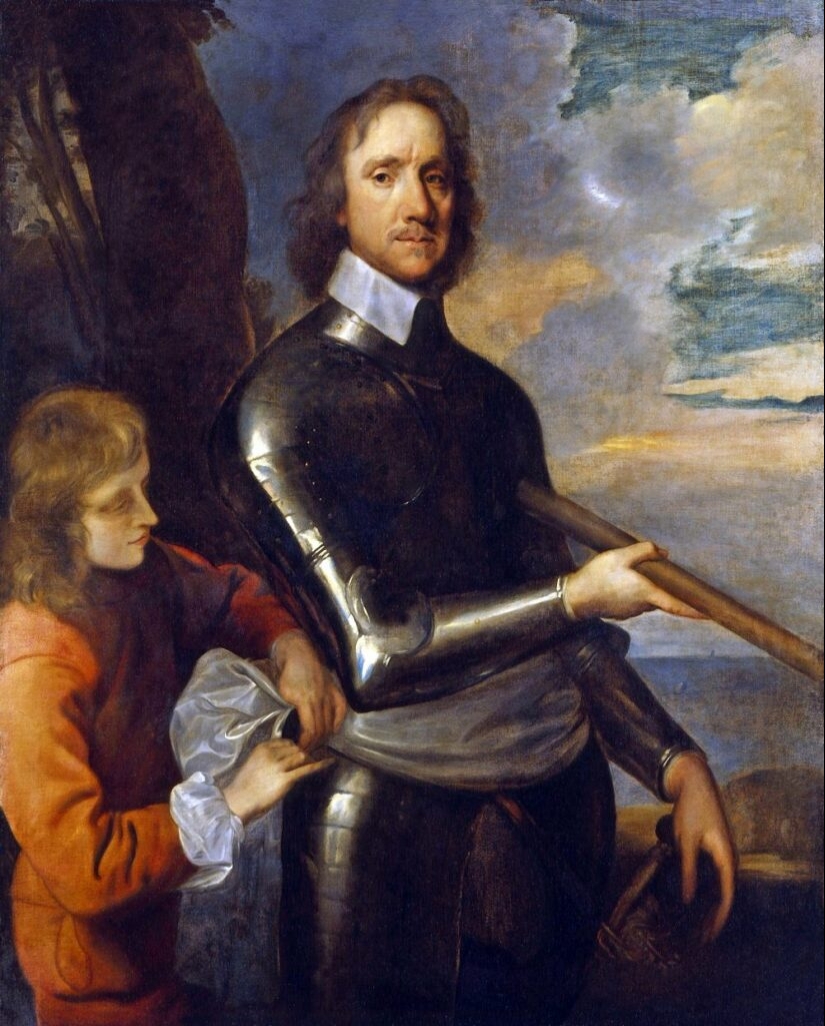
By the end of the 17th century, unpleasant punishment gained European popularity. In Germany it was called Schandmantel, “cloak of shame”, and in Denmark for some reason “Spanish mantle”. It was used in Europe until the end of the 18th century, and then forgotten. But in the 19th century, the “drunkard’s cloak” unexpectedly experienced a renaissance overseas. In the United States, it was used during the Civil War against offending soldiers.
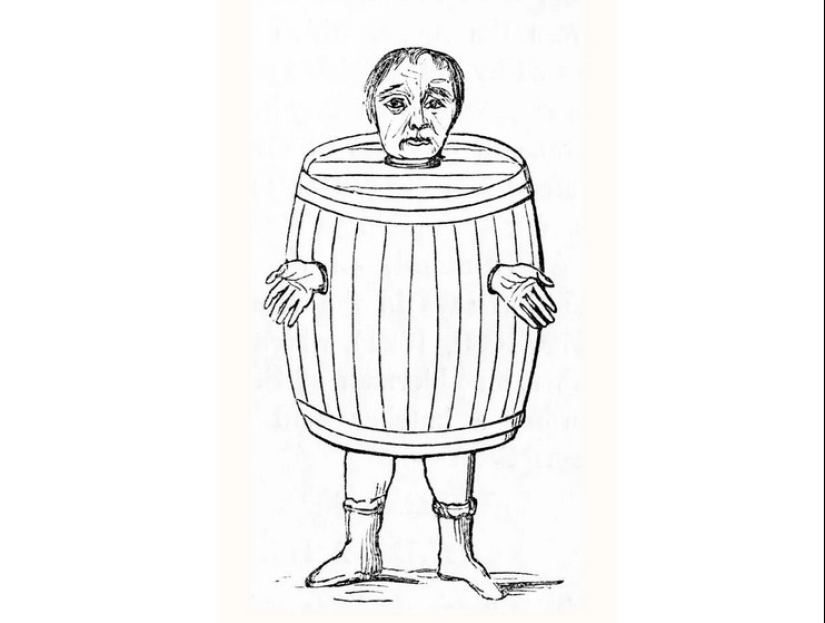
One of the journalists covering the events of the war described the punishment as follows:
In 1863, two soldiers were imprisoned in barrels and forced to march through the city for 4 hours without stopping. They carried signs in their hands: “I’m wearing this because I’m drunk.” Even in the 19th century, punishment had an effect. One of the officers wrote in his memoirs how, years later, a once-punished soldier approached him on the street. The man thanked the former commander for his science and said that after the walk in the barrel he was so ashamed that he never drank again.
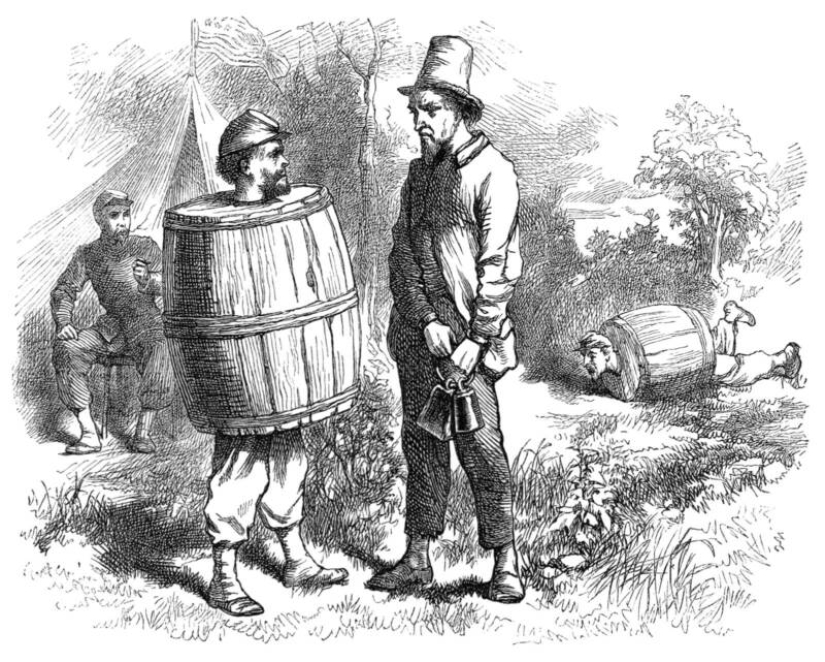
In the USA in the 19th century, thieves were sometimes forced to walk in a barrel. In this case, “I am a thief” was written on the sides of the container. It is worth saying that compared to other punishments, such as flogging, the “drunkard’s cloak” was a humane punishment. He helped many people improve, but did not play a global role. To be convinced of this, it is enough to visit the working-class areas of modern Newcastle. In the homeland of the “cloak,” drunkenness flourishes as before.
Recent articles

A couple of years ago, Saudi Arabia officially banned celebrating the New Year. But this state is far from the only one where our ...

What do you associate the New year? Tangerines, chime, silver rain on the tree, gifts from Santa Claus and snow Maiden, and of ...

This is for us, people, the New Year is one of the most important holidays of the year. But for animals, it's all a fuss, running ...